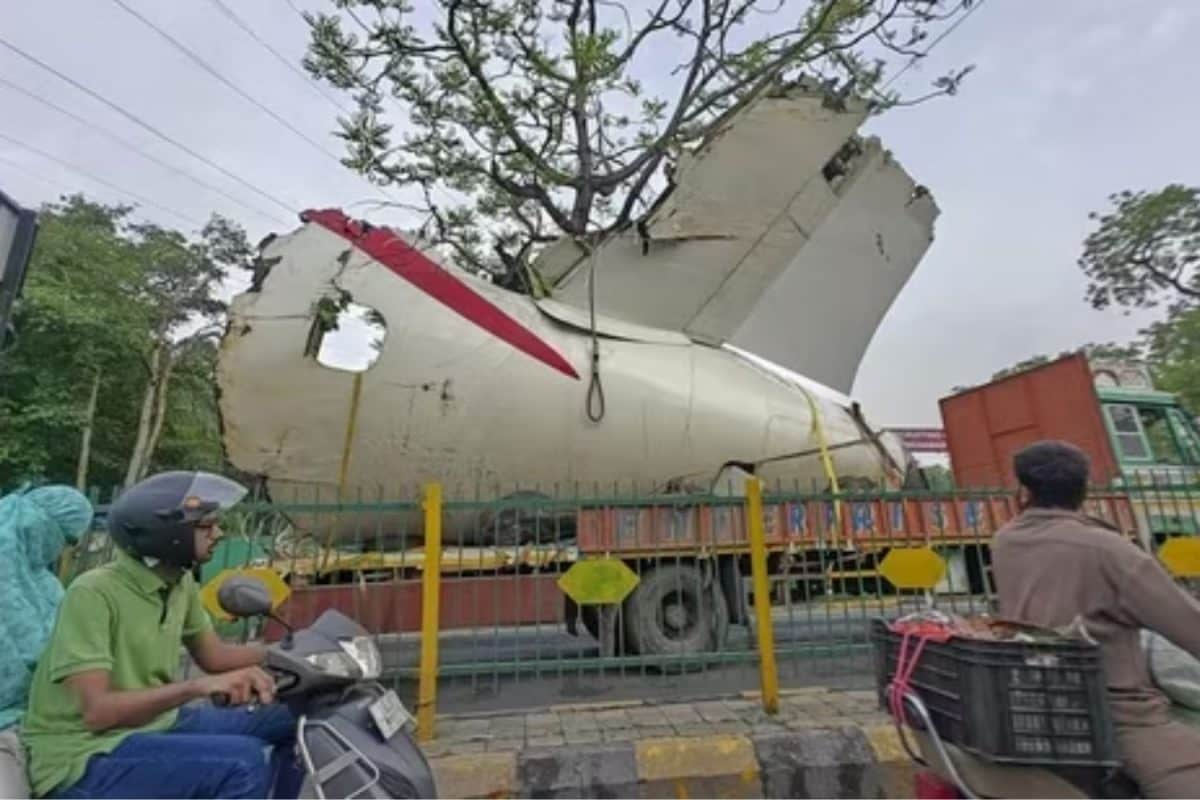

The Aircraft Accident Investigation Bureau (AAIB) has released its preliminary report on the Air India crash that occurred in Ahmedabad on June 12, 2025. The crash, involving a Boeing 787-8 Dreamliner, resulted in the deaths of 240 of the 241 passengers and 19 people on the ground. The report offers an initial insight into the events and engine behavior leading up to the incident. Here are ten key highlights from the report:
No Safety Recommendations Yet: The AAIB has not issued any safety recommendations for Boeing 787-8 aircraft or GE GEnx-1B engine operators and manufacturers at this stage of the investigation.
Engine 1 Showed Signs of Recovery: After the initial failure, Engine 1's core deceleration halted, reversed, and began progressing toward recovery.
Engine 2 Failed to Stabilize: Despite repeated attempts to reintroduce fuel, Engine 2 relit but could not arrest core speed deceleration.
Fuel Cutoff Switches Activated Mid-Flight: The aircraft reached 180 knots IAS at 13:38:42 IST (08:08:42 UTC). Immediately after, both engines' fuel cutoff switches moved from 'Run' to 'Cutoff'. The fuel control switches on the Boeing 787-8 were mysteriously moved from 'RUN' to 'CUTOFF' within a second of each other, cutting off fuel to the engines.
Attempted Relight Detected: Within seconds, the fuel switches for engines 1 and 2 were returned to 'Run'. The Exhaust Gas Temperatures (EGTs) for both engines rose, indicating relight efforts. The pilots attempted to restore fuel flow within seconds, with Engine 1's fuel switch moved back to "RUN" at 08:08:52 UTC and Engine 2's switch restored at 08:08:56 UTC.
Cockpit Voice Recording Indicates Confusion: A pilot is heard asking, “Why did you cut off?” while the other responded, “I did not do so,” suggesting possible miscommunication.
Both Engines Dropped Below Idle Speed: Data from the Engine and Aircraft Flight Recorder (EAFR) confirmed that N2 values in both engines fell below the minimum idle speed during the incident.
Back Flight Recorder Damaged: The aft Engine and Aircraft Flight Recorder (EAFR) was substantially damaged and could not be downloaded using conventional methods.
Investigation Will Examine Additional Evidence: The AAIB is seeking further evidence from stakeholders, which will be reviewed in the next phase of the probe. The investigation team will review additional evidence being sought from stakeholders, the AAIB said in its preliminary report.
Timeline of Events: At 08:08:42 UTC, the aircraft reached its maximum recorded speed of 180 knots before both engine fuel cutoff switches transitioned from RUN to CUTOFF position one after another with a time gap of 01 sec. Both engines began relight sequences, with Engine 1 showing signs of recovery, but insufficient time and altitude prevented successful restart before the aircraft crashed at 08:09:11 UTC. The aircraft was airborne for just 32 seconds and covered only 0.9 nautical miles before crashing into the Byramjee Jeejeebhoy Medical College hostel complex at 1:39 pm local time.
Other notable points from the report include that the flap handle was found in the correct 5-degree takeoff position, and the landing gear lever was in the “DOWN” position. The thrust levers were found near idle, but flight data shows they remained forward until impact. Weather conditions were good with light winds, and the aircraft weight was within normal limits. There was no evidence of a bird strike.